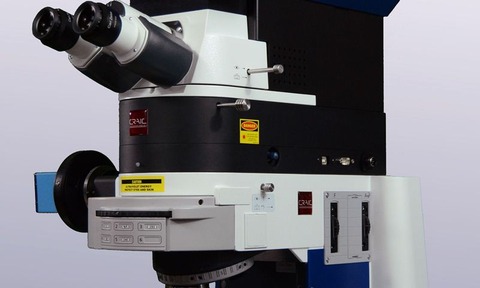
CRAIC Technologies has announced the addition of more laser wavelengths to its Apollo microspectrometer.
Designed to be added to many different types of light microscopes, the CRAIC Apollo enables scientists and engineers to measure the Raman spectra from microscopic samples or microscope sampling areas of large samples.
The CRAIC Apollo can also be added to a CRAIC Technologies microspectrophotometer adding Raman microspectroscopy to UV-visible-NIR absorbance, reflectance and fluorescence microspectroscopy and imaging.
As the CRAIC Apollo is now offered with lasers with peak wavelengths ranging from 405 nm through the 830 nm, a whole host of capabilities are now available to researchers and engineers including resonance Raman spectroscopy.
Additionally, mulitple lasers can be combined on a single microscope for maximum experimental flexibility.
The CRAIC Apollo Raman microspectrometer is a self contained unit that features Raman grade lasers as the light source, an advanced optical interface to the microscope, a Raman spectrometer and software for instrument control and data analysis.
Lasers are now offered throughout the visible and near infrared region and include 405, 473, 488, 546, 638, 660, 785 and 830 nm. Each module can be used either individually or the modules may be combined so that mulitple laser wavelengths can be used to probe a single sample.
The idea is to provide a highly flexible Raman microspectrometer with the optimum laser wavelengths to enhance your spectroscopic results.
Features overview:
- Add to many types of optical microscopes
- Use alone or on CRAIC UV-vis-NIR microspectrophotometers
- Modular system including laser, Raman spectrometer, imaging and microscope interface with optics
- Stackable modules means that any three lasers may be used together
- Laser wavelengths offered include 405, 473, 488, 532, 638, 660, 785, 830 nm
- Integrated TE cooled CCD array detector for low noise and long term stability
- All solid state Raman spectrometer
- All solid state lasers




